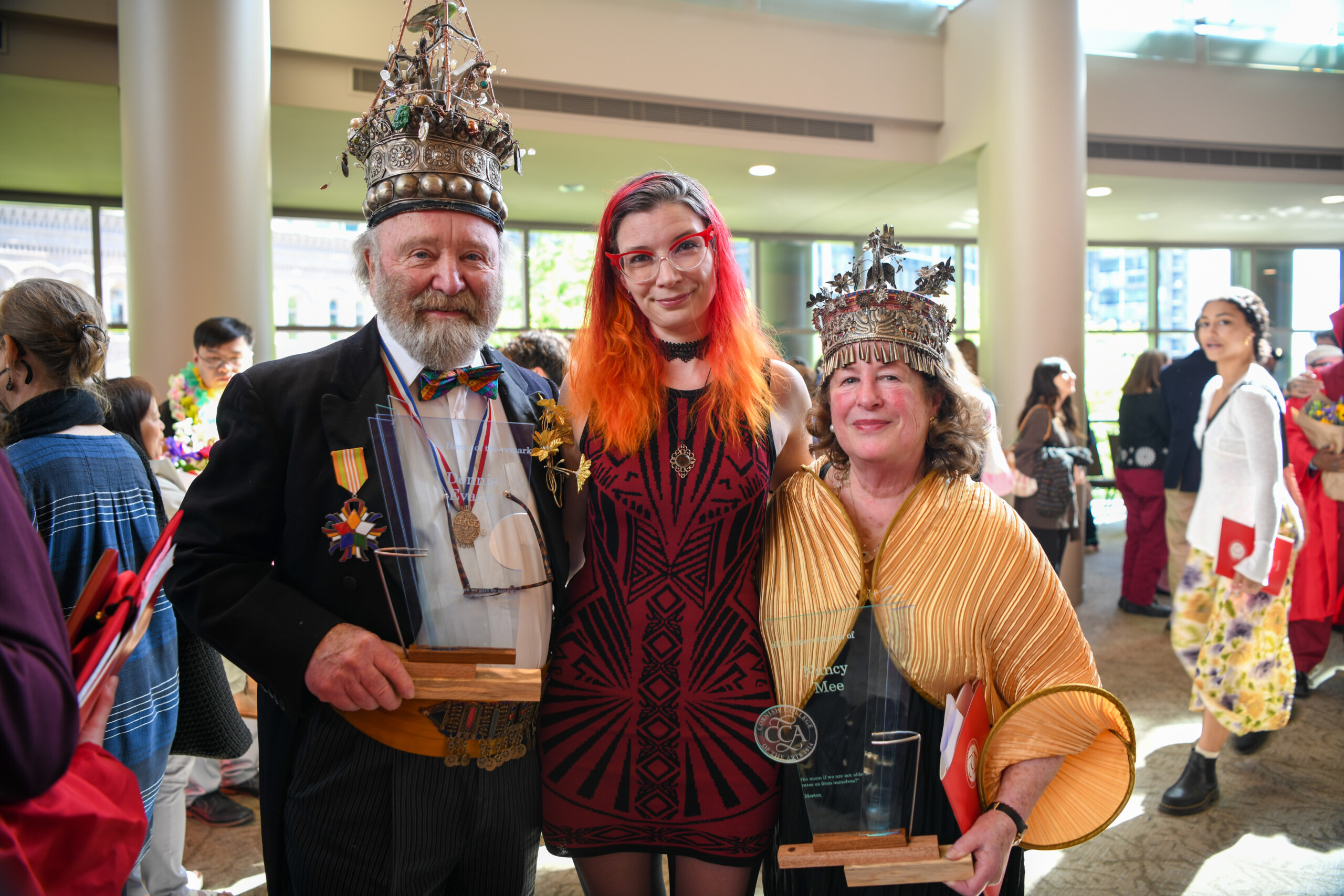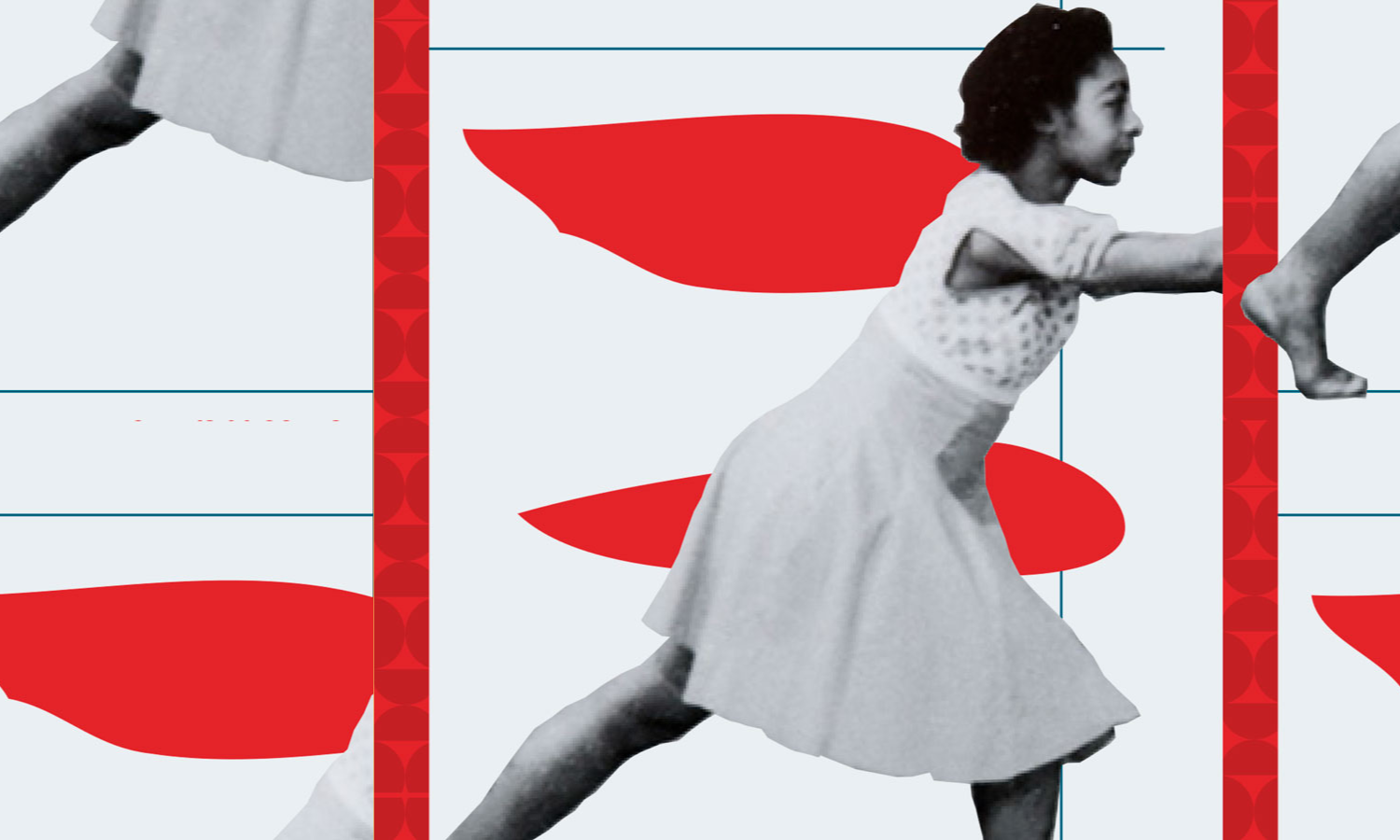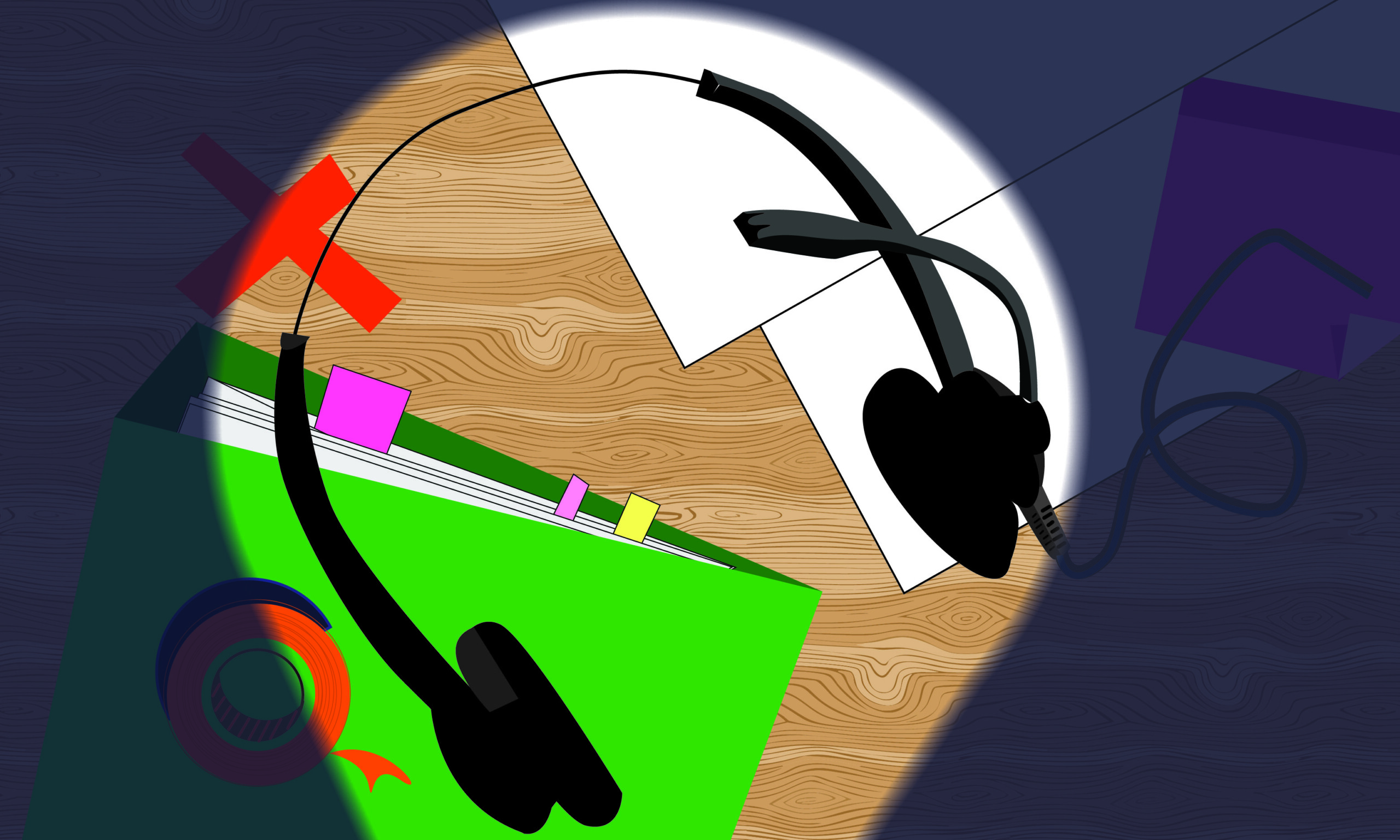Finding Your Artistic Path Through Drawing
By Joshua Young, associate director of Marketing
Artists, Makers, and Creative Types
Many of us creative types (as my grandfather used to refer to myself and my friends) often find drawing as a natural way to pass the time. Some of us pursue it as a craft, developing our skills and knowledge in drawing or drawing-related fields of art-making. Some of us use it as a way to think through projects, and use drawing, but it’s less of a craft and more of a utilitarian skill necessary for planning or ideating. Some of us might just use it as a coping mechanism for drifting concentration or ways to navigate our boredom. Whether in a studio or creative shop, work meeting or phone call, or out in the park or on public transportation, there are people drawing.
If there are scraps of paper or napkins, you better believe I will be drawing something. Though, my dad called it doodling and thought it was distracting me from learning. He didn’t understand that doodling was the only thing that helped me concentrate, and in many ways, the thing that kept my creative mind active. I wasn’t a great student, and looking back, having a secretive little outlet—drawing was important to my educational and creative life.
The second-nature act of sketching as a way to explain or show something to someone I’m collaborating with is definitely something I take for granted. But, just this week, I can think of a multitude of moments where I had to sketch something in order to either a) understand it myself or b) show collaborators what the hell I was talking about.
So what does this have to do with Cornish?
Besides the fact that I work at Cornish and use drawing in some way nearly every day, Cornish as a space for arts education offers various paths for those interested in drawing as an art form as well as paths where drawing is a part of the art form. In many ways, as a practicing artist and/or art student, you will most likely have to use visual communication fairly regularly. Fugazi even had to create a sort of architectural diagram to plan out how their gear was stored in the back of their van on tour. (Writer’s note: This may be apocryphal or I imagine it, but I can see an image of Ian and Guy consulting their diagram after a show. And I’d consult my DVD of Instrument, but someone stole the DVD years ago.)
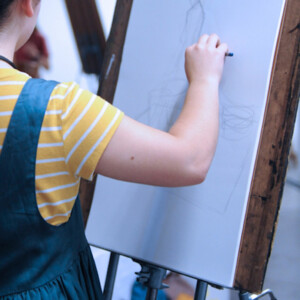 In the Art Department, drawing is a concentration for those working toward their BFA in Art. But the department itself, like all departments, have an interdisciplinary ethos to their curriculum, teaching, and artistic practice. ”
In the Art Department, drawing is a concentration for those working toward their BFA in Art. But the department itself, like all departments, have an interdisciplinary ethos to their curriculum, teaching, and artistic practice. ”
For artists, drawing is often both a technical skill and a way of thinking,” writes Art chair and faculty member, Kevin Goodrich. “When you know how to draw, a pencil can be the most advanced technology available. It’s the only tech I know of that can capture a subject’s likeness, make a mouse on a steamboat appear to be moving before our eyes and plan the many frescoes on the ceiling of a certain chapel outside Rome with a 20-cent tool that you already have in your pocket, which never runs out of batteries. It is completely accessible and unlimited in every way. For thousands of years, drawing has been a radically powerful, yet simple thing to do.”
Professor Goodrich’s thoughts on drawing support not only how drawing has a tradition of craft and committed practice to the art form, but also offers its utility to other art forms. Cornish Design faculty, Lorena Howard-Smith, argues that drawing is also a way into personal expression. “Drawing is like writing, a personal expression regarding the observed object.”
Even the final drawing can contain doors into understanding that artist—how they felt at the moment of creation or how they understand their place in the world, or even how they felt about what they were attempting to capture. Poets talk about the transference of POV or personality at the moment of creation as “Projective Verse,” as if the emotion behind the creation can carry through the text. A reader may not understand (or even like the poem), but will feel its sadness. This idea can be applied to visual arts as well. Drawing as a personal expression explains why many of us creatives who draw feel the urge to do it, even if we don’t show anyone. So when we get to use that skill in our work or artistic practices it can feel like a regular extension of what we do.
For those of us who find ourselves in the creative fields, being able to storyboard or illustrate an idea becomes a vital skill to have. Over the years, I picked up enough to not look like a fool when I draw something (most of the time) and develop my own style that I’m comfortable using. This has helped clarify and strengthen projects for collaborators and clients who may need extra visual supplements in a pitch or presentation. But it also opened a pathway to illustration and animation that for the longest time seemed like worlds away from the kind of art I could make.
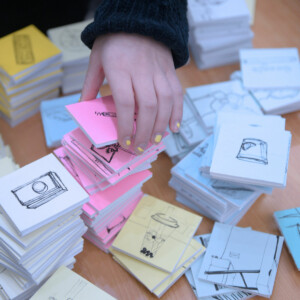 Outside of the Art department at Cornish, our faculty have established other majors where drawing is foundational. Students who seek an arts education from Cornish will find whether they’re working as a designer (graphic, environmental, objects, interiors, scenic, games), illustrator, or animator, much of the core work begins with the act of drawing, sketching, or diagraming. Even film and theater makers require this in the production side of the craft (and the industries).
Outside of the Art department at Cornish, our faculty have established other majors where drawing is foundational. Students who seek an arts education from Cornish will find whether they’re working as a designer (graphic, environmental, objects, interiors, scenic, games), illustrator, or animator, much of the core work begins with the act of drawing, sketching, or diagraming. Even film and theater makers require this in the production side of the craft (and the industries).
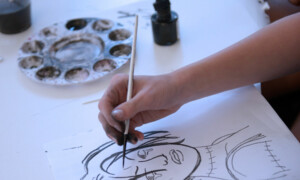
As an illustrator, you will find Gala Bent’s work in many venues whether it’s her projects with Asthmatic Kitty Records or Seattle’s own REI, or gallery exhibitions as part of her studio practice. As faculty in the Design Department, you’ll find her teaching foundational skills and approaches to her for illustration major courses based on her own professional experience and what she’s learned from her peers, collaborators, and fellow faculty over the years. Outside of the classroom, she often blogs about illustration, art, and design on her blog. Here is an excerpt on a post about drawing:
I possess a nearly compulsive desire to draw. Because of this, drawing has become for me a handy tool for pragmatic thinking, psychological refuge, and focused dreaming. The subjects that I draw are revisited over a lifetime of curiosity and a desire to peek beneath the surface of what is seen and known. As such, water and wind, plants, animals, and geological forms, along with verbal, mathematical, or architectural shorthand, appear again and again in shifting forms. Drawn patterns are ways that I continuously funnel my own appreciation of natural forms and movement into my work.
Especially interesting to me in the last number of years is the mark-making that is left by scientists, especially pre-photographic. The way that careful observations through a telescope, for example, yielded beautifully graphed and undulating drawings is a record not only of the scientific goals of discovery but also, in a sense, a love letter to knowledge beyond our reckoning. The first images of the surface of Mars were drawn piece by piece with pastels because the imaging software was malfunctioning. The urgency and precision of these drawings is stunning. In many of my own pieces, I quote from this slow buildup of space as a way of slowing my own sense of time and conscious observation of the fabric of the cosmos. Some of the drawings are “drummed” in order to frustrate my own sense of control and keep track of a different sort of drawing velocity, not unlike marks left by a plant that scratches a wall to the tune of the wind, or a series of marks left by a foraging animal.
Looking out of my home office now, I see my son in the living room, huddled over the table, pencil furiously scribbling. He’s drawing, making a comic. I didn’t hand him a pen and paper when he was old enough and say, “Draw, dude.” He started by finding my well-hidden sharpies and drawing lines and weird shapes on our white walls. Then, when he was old enough, he found my stack of student papers and drew outlines of dogs and spaceships—I wish I still had these—and eventually, he asked for paper. For Xmas—even his grandpa knows of his love of drawing—the recurring joke is wrapping reams of white paper and boxes of pencils. The truth is that he still hasn’t built the lego set grandpa got him, but he’s already asked for another ream.


